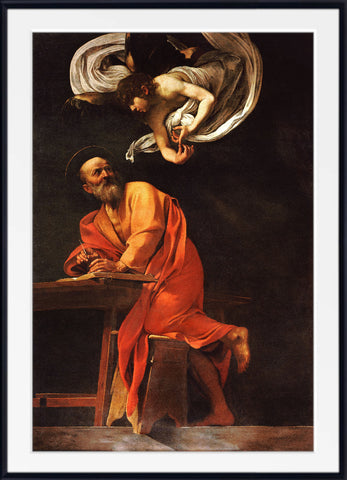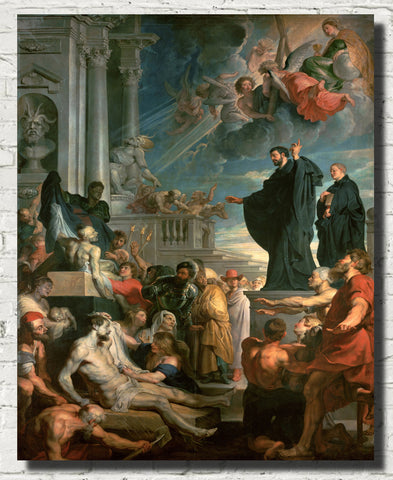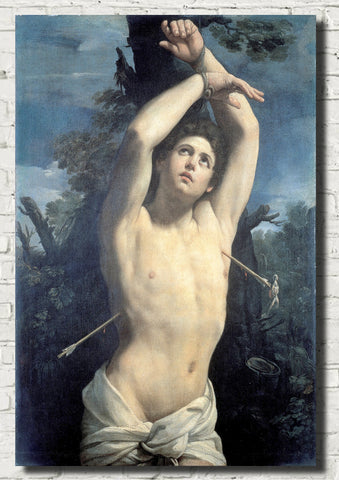Table of Contents:[hide]
Introduction
In the realm of art, the portrayal of saints has been a source of inspiration for centuries. This article embarks on a journey through the celebrated paintings of saints crafted by three masterful artists – Caravaggio, Rubens, and Guido Reni. As we explore their works, we will delve into the unique styles that define each artist and the profound narratives that unfold on their canvases.
Caravaggio's Saintly Saga
1. The Calling of Saint Matthew
Caravaggio, a Baroque trailblazer, left an indelible mark with "The Calling of Saint Matthew." Painted around 1599-1600, this masterpiece captures the transformative moment when Saint Matthew, a tax collector, heeds the divine call. Caravaggio's use of chiaroscuro, the stark interplay of light and shadow, amplifies the emotional intensity of this spiritual awakening.
2. The Martyrdom of Saint Matthew
In "The Martyrdom of Saint Matthew," Caravaggio once again demonstrates his mastery. The painting, executed with raw realism, depicts the brutal martyrdom of the saint. The dramatic use of light intensifies the gravity of the scene, immersing the viewer in the tragic narrative.
Rubens' Baroque Brilliance
1. The Miracles of St. Francis Xavier
Peter Paul Rubens, a luminary of the Baroque era, mesmerizes us with "The Miracles of St. Francis Xavier." This dynamic composition unfolds the miraculous endeavors of the saint, rendered with Rubens' signature vibrancy. The vivid colors and lively brushstrokes bring to life the saint's extraordinary exploits.
2. Saint Gregory the Great and Saint Maurus
Rubens' "Saint Gregory the Great and Saint Maurus" showcases his ability to infuse emotion into religious narratives. The painting captures the intense dialogue between the two saints, illustrating Rubens' knack for portraying the human dimension of saintly tales.
Guido Reni's Ethereal Elegance
1. Saint Michael the Archangel
Guido Reni, an Italian Baroque painter, contributes to the tapestry of saintly art with "Saint Michael the Archangel." Reni's ethereal depiction of the archangel exudes grace and serenity. The luminous colors and soft transitions between light and shadow create a celestial aura around the saintly figure.
2. Saint Sebastian
In Reni's "Saint Sebastian," the saint is portrayed in the throes of martyrdom. The painter's finesse in capturing Sebastian's expression, amidst the arrows piercing his body, conveys both the agony of the physical ordeal and the spiritual transcendence.
Contrasts and Common Threads
1. Styles and Techniques
Caravaggio's use of chiaroscuro for dramatic effect contrasts sharply with Rubens' bold and vibrant compositions. Guido Reni, on the other hand, leans towards a softer, more ethereal style, emphasizing grace and beauty.
2. Subjective Reverence
Despite their stylistic disparities, these artists share a profound reverence for their saintly subjects. Each canvas becomes a portal into the spiritual realm, where the divine and the human converge in a harmonious narrative.
FAQs on Famous Paintings of Saints
-
What defines Caravaggio's chiaroscuro technique in saintly depictions? Caravaggio's chiaroscuro involves a stark contrast between light and shadow, creating a dramatic effect that intensifies the emotional and spiritual aspects of his paintings. It adds depth and immediacy to the portrayal of saints.
-
How does Rubens bring emotion to his saintly compositions? Rubens achieves emotional resonance through vibrant colors and dynamic compositions. The expressive faces and dramatic scenes in his paintings evoke a range of emotions, allowing viewers to connect intimately with the saintly narratives.
-
Which saintly theme is prominent in Guido Reni's works? Guido Reni often explores themes of grace and beauty in his saintly depictions. His soft transitions between light and shadow, coupled with luminous colors, create an ethereal quality that characterizes his portrayal of saints.
-
What distinguishes Rubens' Baroque style in saintly art? Rubens' Baroque style is characterized by dynamic compositions, vibrant colors, and emotional intensity. His approach aligns with the Baroque movement's emphasis on capturing attention and stirring the soul through grandiose visual narratives.
-
Were Caravaggio, Rubens, and Guido Reni contemporaries? While Caravaggio (1571–1610) and Rubens (1577–1640) were contemporaries, Guido Reni (1575–1642) was also active during the Baroque era. All three artists, though distinct in style, contributed significantly to the artistic landscape of their time.
Conclusion
The famous paintings of saints by Caravaggio, Rubens, and Guido Reni invite us into a world where spirituality converges with artistic brilliance. Caravaggio's chiaroscuro, Rubens' dynamic compositions, and Reni's ethereal elegance collectively enrich the tapestry of saintly art. As we contemplate these masterpieces, we find not only depictions of saints but windows into the human and divine experiences that have transcended time.
In the hands of these maestros, saintly narratives cease to be distant tales and become vivid, relatable stories. The legacy of Caravaggio, Rubens, and Guido Reni lives on, reminding us that within the strokes of a paintbrush, the sacred and the artistic harmonize, offering timeless inspiration to those who seek it.
Related Articles
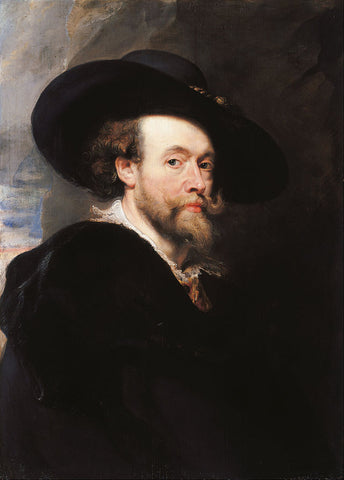
Peter Paul Rubens - Artist Profile
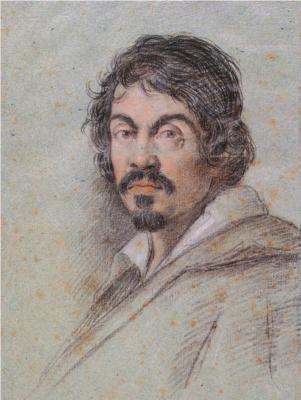
Caravaggio - Artist Profile


